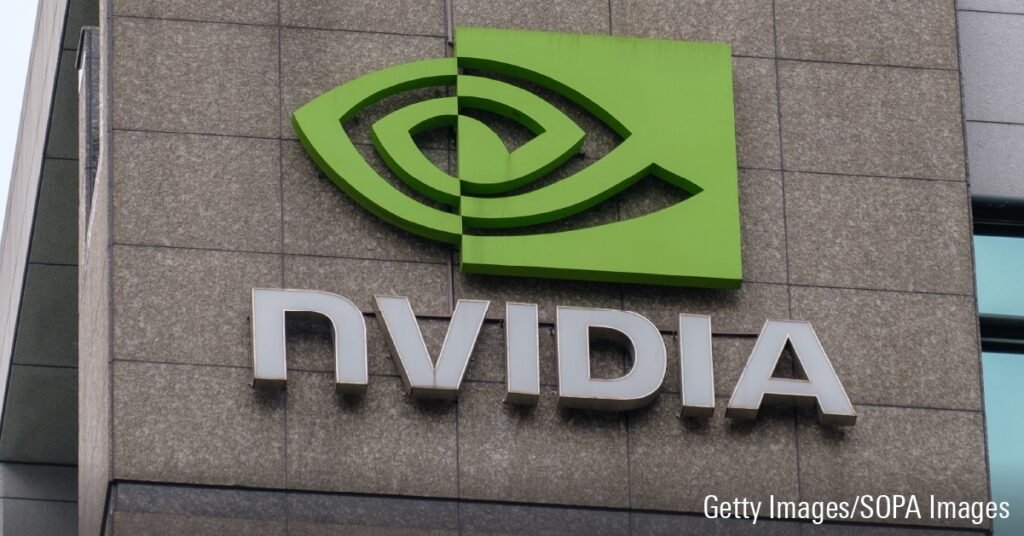Nvidia suffered a significant market loss last week, wiping out a staggering $279 billion in value in a single day. This marks the largest one-day drop in U.S. corporate history. The decline was driven by a combination of factors, including investor concerns over the broader tech sector and cautious sentiments about the future of artificial intelligence, which has fueled Nvidia’s recent success. Additionally, a reported antitrust subpoena from the U.S. Department of Justice further spooked investors, amplifying the sell-off.
Last week, Nvidia experienced a historic market value loss of $279 billion, marking one of the largest one-day drops ever for a U.S. company. This decline followed a sharp sell-off across tech stocks due to broader economic concerns. Nvidia, which had previously seen exponential growth thanks to its role in AI development, was also affected by fears of potential antitrust scrutiny from the U.S. Department of Justice. These developments raised concerns about the sustainability of Nvidia’s recent market surge, despite its dominant position in AI-related technology.

This sudden plunge shocked investors who had been bullish on Nvidia, as the company had recently enjoyed soaring stock prices due to booming demand for its cutting-edge GPUs and AI chips. However, uncertainties in the macroeconomic environment, particularly rising interest rates and fears of overvaluation, contributed to the sharp reversal in sentiment. Furthermore, Nvidia’s leadership in AI hardware, especially in data centers, has drawn regulatory attention, exacerbating investor anxieties.
Nvidia’s situation highlights the volatility of the tech sector, especially companies deeply involved in AI, which is seen both as a massive opportunity and a regulatory challenge. While the AI revolution has driven much of the optimism surrounding Nvidia’s future, the company will have to navigate these headwinds to sustain long-term growth.
This loss serves as a reminder of how quickly market dynamics can shift, especially in the tech industry, where valuations can fluctuate dramatically based on both economic and regulatory factors.



